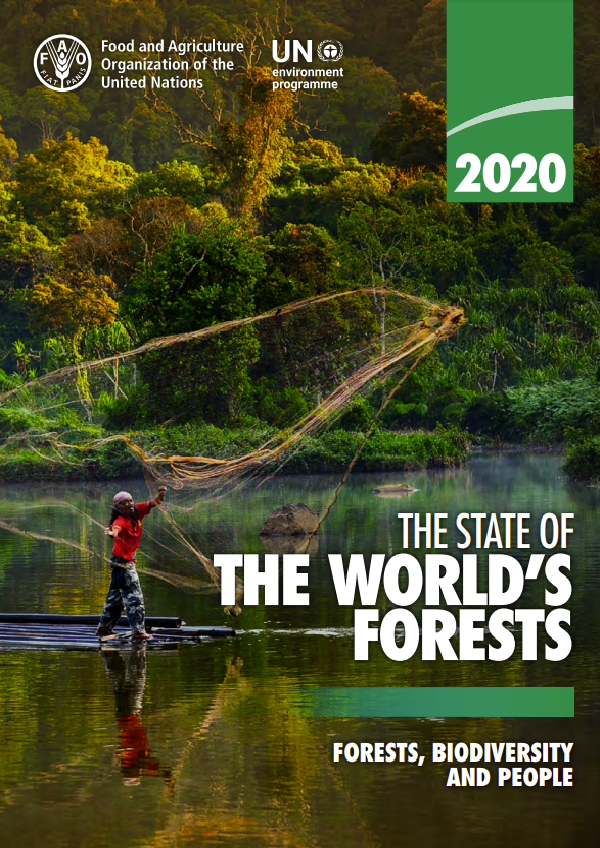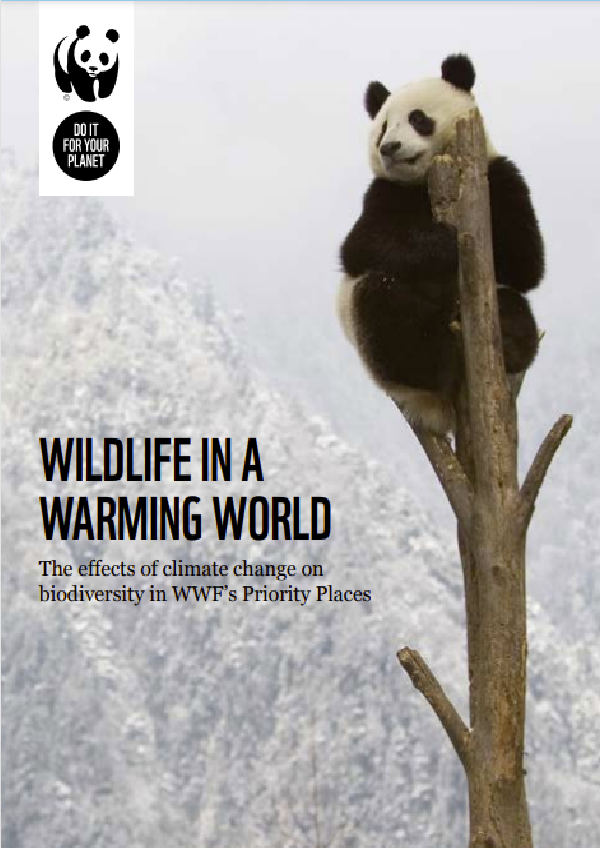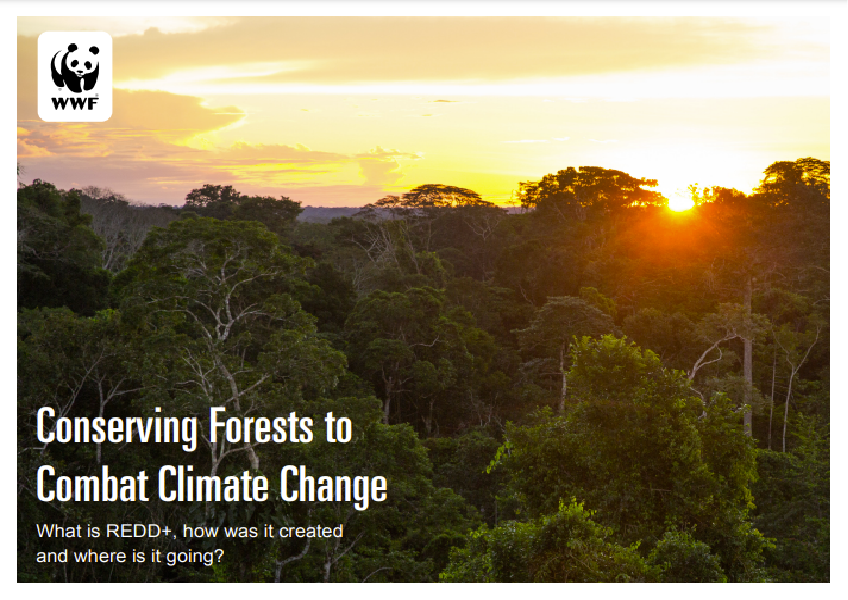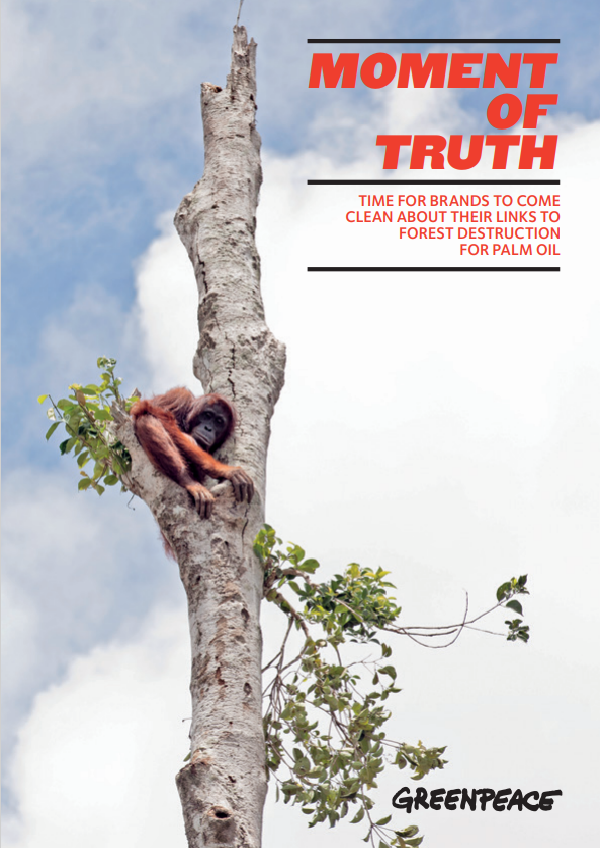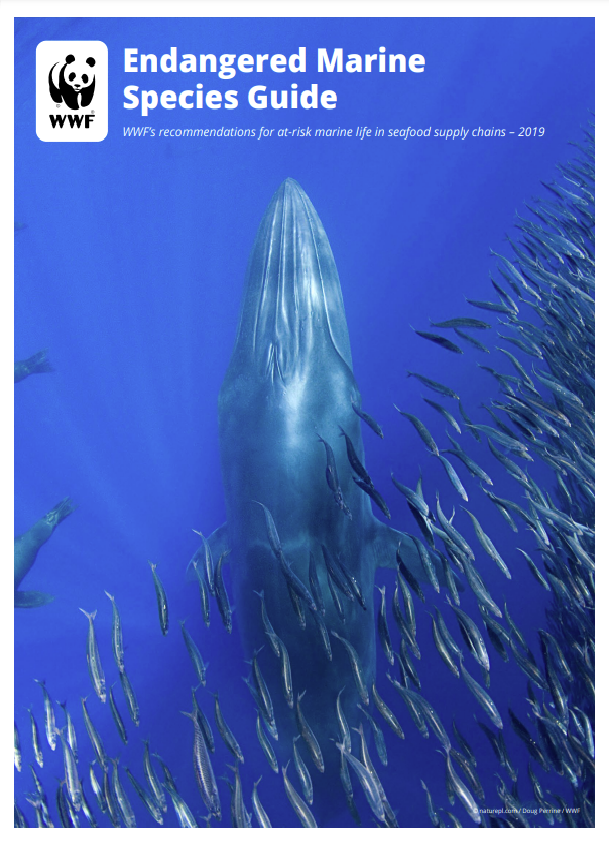As the United Nations Decade on Biodiversity 2011–2020 comes to a close and countries prepare to adopt a post-2020 global biodiversity framework, this edition of The State of the World’s Forests (SOFO) takes the opportunity to examine the contributions of forests, and of the people who use and manage them, to the conservation and sustainable use of biodiversity. It is intended to complement The State of the World’s Biodiversity for Food and Agriculture, released by the Food and Agriculture Organization of the United Nations (FAO) in February 2019; the Global Assessment Report on Biodiversity and Ecosystem Services of the Intergovernmental Science-Policy Platform on Biodiversity and Ecosystem Services (IPBES), the draft of which was released in 2019 and the Global Biodiversity Outlook 5 of the Convention on Biological Diversity (CBD), released in 2020.
Forests harbour most of Earth’s terrestrial biodiversity. The conservation of the world’s biodiversity is thus utterly dependent on the way in which we interact with and use the world’s forests. Forests provide habitats for 80 percent of amphibian species, 75 percent of bird species and 68 percent of mammal species. About 60 percent of all vascular plants are found in tropical forests. Mangroves provide breeding grounds and nurseries for numerous species of fish and shellfish and help trap sediments that might otherwise adversely affect seagrass beds and coral reefs, which are habitats for many more marine species.
Forests cover 31 percent of the global land area but are not equally distributed around the globe. Almost half the forest area is relatively intact, and more than one-third is primary forest. More than half of the world’s forests are found in only five countries (Brazil, Canada, China, Russian Federation and United States of America). Almost half the forest area (49 percent) is relatively intact, while 9 percent is found in fragments with little or no connectivity. Tropical rainforests and boreal coniferous forests are the least fragmented, whereas subtropical dry forest and temperate oceanic forests are among the most fragmented. Roughly 80 percent of the world’s forest area is found in patches larger than 1 million hectares. The remaining 20 percent is located in more than 34 million patches across the world – the vast majority less than 1 000 hectares in size.
More than one-third (34 percent) of the world’s forests are primary forests, defined as naturally regenerated forests of native tree species where there are no clearly visible indications of human activity and the ecological processes are not significantly disturbed.
Deforestation and forest degradation continue to take place at alarming rates, which contributes significantly to the ongoing loss of biodiversity. Since 1990, it is estimated that some 420 million hectares of forest have been lost through conversion to other land uses, although the rate of deforestation has decreased over the past three decades. Between 2015 and 2020, the rate of deforestation was estimated at 10 million hectares per year, down from 16 million hectares per year in the 1990s. The area of primary forest worldwide has decreased by over 80 million hectares since 1990. More than 100 million hectares of forests are adversely affected by forest fires, pests, diseases, invasive species drought and adverse weather events.
Agricultural expansion continues to be the main driver of deforestation and forest fragmentation and the associated loss of forest biodiversity. Large-scale commercial agriculture (primarily cattle ranching and cultivation of soya bean and oil palm) accounted for 40 percent of tropical deforestation between 2000 and 2010, and local subsistence agriculture for another 33 percent. Ironically, the resilience of human food systems and their capacity to adapt to future change depends on that very biodiversity – including dryland-adapted shrub and tree species that help combat desertification, forest-dwelling insects, bats and bird species that pollinate crops, trees with extensive root systems in mountain ecosystems that prevent soil erosion, and mangrove species that provide resilience against flooding in coastal areas. With climate change exacerbating the risks to food systems, the role of forests in capturing and storing carbon and mitigating climate change is of ever-increasing importance for the agricultural sector.
